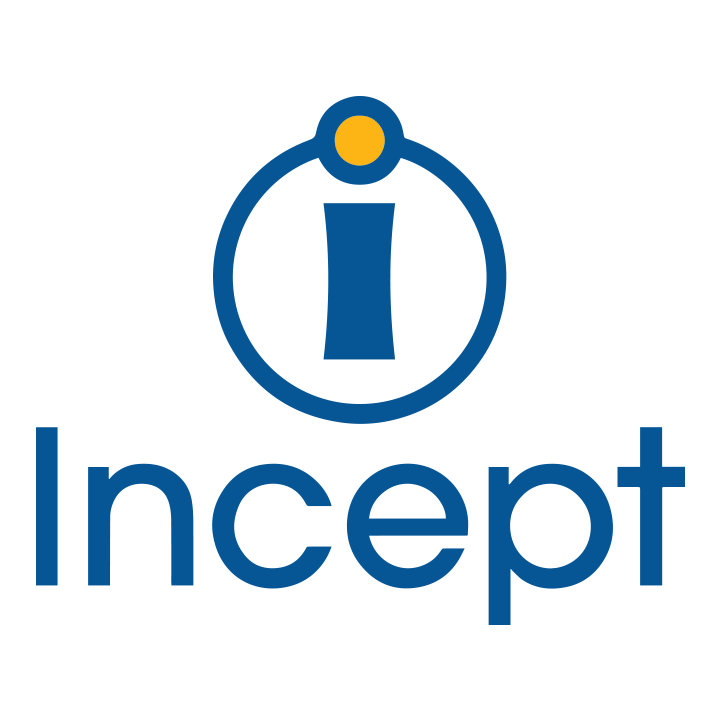Pricing models within the contact center industry vary between four main structures: hourly, per minute, per call and per outcome. Each model comes with its own unique set of pros and cons, tailored for specific use cases.
Hourly Rate
An hourly payment structure is often used for a representative in a dedicated environment and lends itself to integration of multichannel work. The entire time an agent is representing the client is billable including traditional telemarketing work but can also be extended to email response, chat, research or a host of other beneficial activities.
Per Minute
Per minute billing is often utilized in a blended call center environment and represents the time the agent is on an actual call with a customer and any wrap up time before they are available for the next call. This structure is often utilized in environments that do not have the workflows that warrant a dedicated employee or have variability in volume throughout the day or season and costs can be contained in a single channel approach.
Per Call
Per call billing utilizes a fixed cost per call regardless of outcome. This simplifies the need to analyze handle time but lends itself to a shorter and more rigid interaction.
Per Outcome
This billing structure is often utilized in pay for performance structures and can often be seen on sales programs with a higher amount given for a positive outcome and typically smaller or no payment received for neutral interactions. This drives ambition towards the positive outcome and focus to continue to put emphasis on every call towards that outcome. Negatively, this can lead to a more forceful interaction.
Mixed Billing
There are many mixed billing structures that can be utilized to complete a wholistic program. For example, an inbound client might utilize a per minute structure for their overall work, with their sales program adding a spiff for a positive outcome, and their technical support utilizing a dedicated hourly structure due to the nature of the work and communication methods employed by that channel.
Conclusion
Overall, determining the optimal pricing model for each client hinges significantly on the outcome required from the interaction, the complexity of the conversation, and the strategic approach or touchpoints necessary to achieve the overall objective.

